PHARMACOLOGY PROFILES
Ayahuasca
N,N-Dimethyltryptamine and 9H-pyrido[3,4-b]indole
C12H16N2 (N,N-DMT) and C11H8N2 (β-Carboline)
Drug Classification
Tryptamine
Common Names
Aya, Caapi, Yage, Yaje
Binomial Nomenclature
Psychotria viridis (chacruna leaf containing DMT), Banisteriopsis caapi (vine containing MAOI), Peganum harmala (Syrian rue)
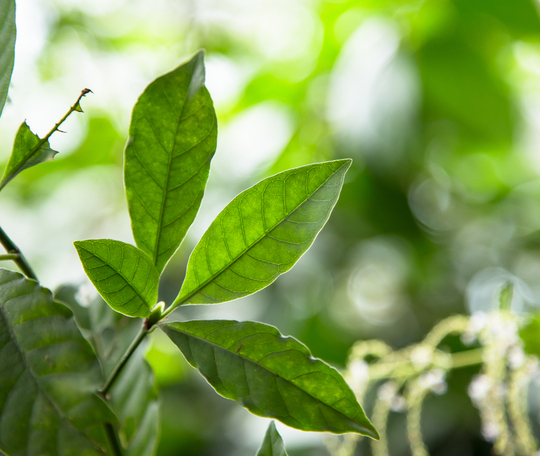
Psychotria viridis leaf (chacruna) (DMT)
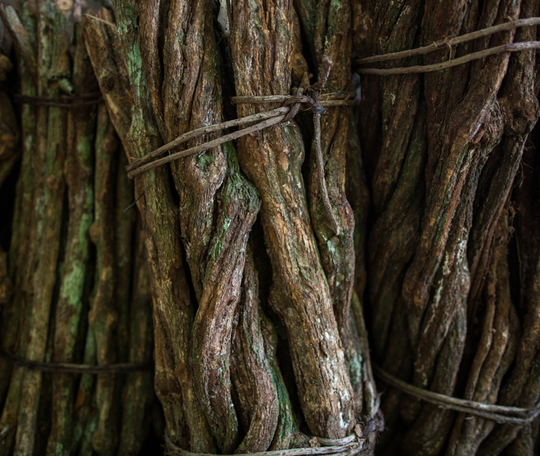
Banisteriopsis caapi vine (MAOI)
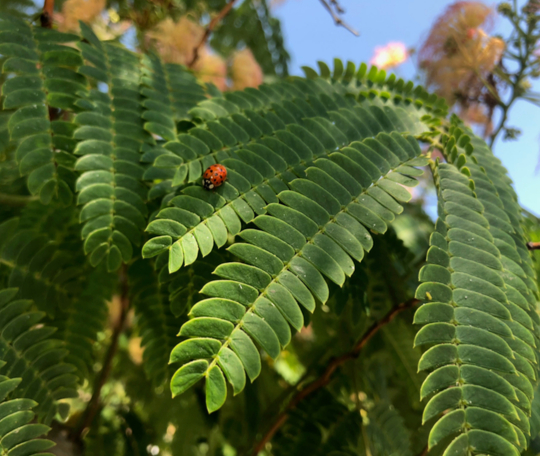
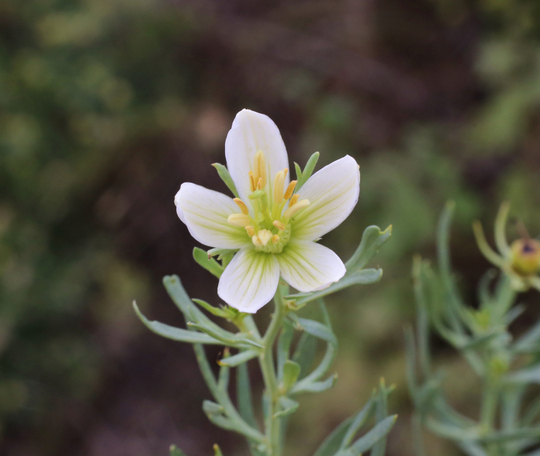
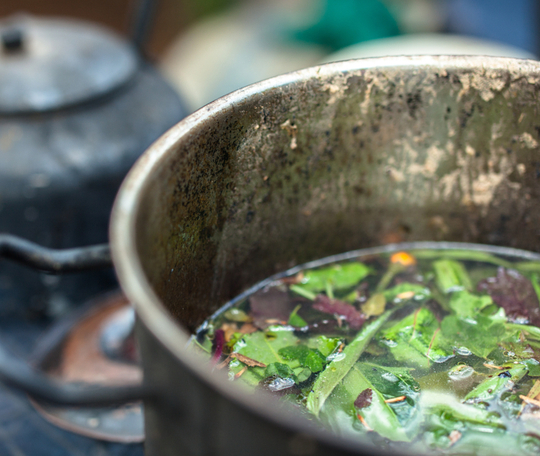
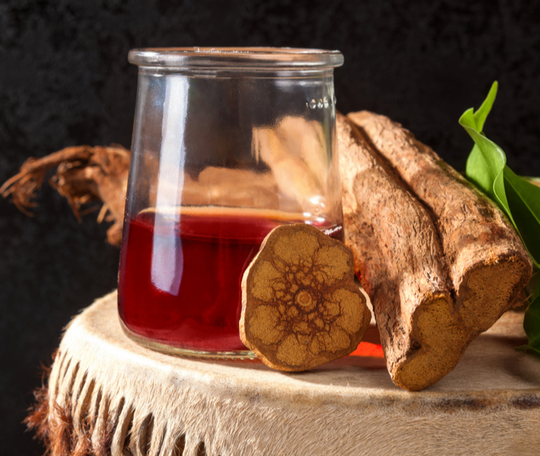
Overview
Ayahuasca is an entheogenic brew or tea that originated in the Amazon Jungle basin. It is commonly made from the Banisteriopsis caapi vine and Psychotria viridis (chacruna) leaves, which contain monoamine oxidase inhibitors (MAOIs), and DMT respectively. MAOIs are particularly important as they allow DMT to be orally active by preventing the breakdown of DMT before reaching the blood-brain barrier.
Traditional ayahuasca ceremonies are practiced among indigenous South American tribes, many of which date back to pre-Columbian times and possibly go back to some of the earliest human inhabitants. Because of the loving and nurturing effects ayahuasca produces, it is often referred to as “Mother Ayahuasca” by indigenous tribes. It is believed that the female plant will always give participants what they need rather than what they want, illuminating hidden matters within. In more recent years, ayahuasca has become increasingly popular among Westerners for its therapeutic benefits and treatment for depression, mental illnesses, and immune disorders. Due to the religious nature that surrounds an ayahuasca ritual, the legalities on it can be a bit complicated. Many countries, including those that offer ayahuasca retreats, have no specific laws regarding the brew, making the manufacture, possession, and distribution of it a legal gray area.
Another botanical preparation for N,N-DMT consumption is the inhalant version of the ayahuasca plant mixture, called changa. Using the same theory as an ayahuasca brew, changa is a mixture of the MAOI-containing Banisteriopsis caapi vine or Peganum harmala (Syrian rue) and DMT-containing plants or root bark such as Mimosa hostilis (jurema preta) or Acacia confusa. By utilizing the mixture of naturally occurring DMT in plants and the digestive enzyme blocking abilities of MAOIs, DMT is able to be inhaled and pass the blood-brain barrier giving the user an experience similar to ayahuasca but shorter in duration, with all of the characteristic facets of ego death, out of body experiences and overwhelming entheogenic feelings.
It is highly recommended to use harm reduction practices if using this substance.
Dose and Duration
A low dose of ayahuasca will reduce some egotistical tendencies with mild to strong visuals. Moderate to high doses have potential for a full psychedelic experience. With high to strong doses, users can experience an ego death as they fully surrender to the
trip.
The general recommended dose for ingestion is as follows:
- Micro: 1 – 2 ml
- Light: 30 ml
- Medium: 50 ml
- Strong: 70+ ml
Effects
Ayahuasca most likely changes serotonin activity in the part of the brain that has been compromised in emotional processing and introspection. The DMT in the brew interacts with the 5-HT2A receptors, which are the target of traditional drug therapies. The MAOIs act to prevent the breakdown of DMT in the stomach, and may have anti-addiction effects because of their effect on the dopaminergic system.
Experience
Some common experiences one has during an ayahuasca trip include visual hallucinations and changes in auditory perception, enhanced mood, and physical sensations, such as changes in body temperature and skin sensitivity. Some less enjoyable experiences include nausea, anxiety, and fear, all of which tend to fade after about 4 hours.
Other shared experiences include:
- Loss of motor controls
- Enhanced colors
- Muscle spasms
- Tracers
- Scenery slicing
- Delusion
- Fits of laughter
The effects of ayahuasca can last up to 6 hours, with after effects lasting up to 8.
Benefits
Ayahuasca is mostly known for its powerful healing benefits. Various studies prove that it can be effective in treating depression and addiction. It has also been used as a tool for spiritual and personal enlightenment, with some users reporting intense levels of introspection and profound self-awareness.
Risks
Ayahuasca does not seem to have a negative impact on users. Research has demonstrated that long-term use of ayahuasca is not associated with negative mental outcomes or a loss of cognitive abilities. However, since ayahuasca affects both serotonin and monoamine oxidase levels, those taking SSRIs should avoid them before a ceremony to mitigate any dangerous adverse reactions.